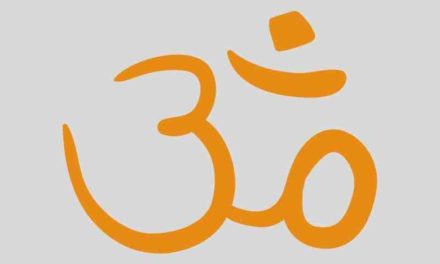Teaching yoga to children is a particularly effective method of guiding them toward a healthy lifestyle. They should be taught how to relax their minds and become more emotionally stable from a young age, if possible.
Children undergo a great deal of physical effort; yoga enables them to relax while also increasing their strength and endurance. They like to learn via play rather than by conventional patterns, thus yoga positions must be particularly shown for children to be able to appreciate them.
Once your kid has mastered the postures, have him or her practice them on a daily basis to keep stress at bay. Yoga may also be used to assist a child calm down after having a tantrum.
Remember to keep it light and amusing at all times. At first, start with something simple – a few poses may be all your youngster is interested in at the time. Their practice will get more refined as they grow older.
The majority of yoga mudras are performed automatically by a newborn (hand postures maintained during meditation). If you look closely at a sleeping kid, you will see that their thumb and index finger are barely touching, forming the ‘Chinmudra.’
Have you ever seen a six-month-old baby resting on its back with its legs raised? It’s a sight to see. It kicks his/her legs and sometimes raises his/her head, doing abdominal workouts without the assistance of expensive exercise equipment.
Have you ever come across a baby that was agitated? The answer is a categorical no! To the extent that we grownups make things tough for them, kids are typically at ease in their own skins, and they regularly smile without any apparent cause. This is due to the fact that a newborn breathes via all three regions of the body.
Their respiration is synchronized to a musical beat. When they take a breath in, their stomach moves in, and when they take a breath out, their stomach moves out. Growing up, it may be said, is a process of becoming an adult who has lost touch with his or her natural state!
In one minute, you inhale about sixteen to seventeen times, depending on your height. When you are unhappy, though, it may increase to twenty times per minute, and when you are highly tensed or irritated, it may even reach twenty-five times per minute.
It is interesting to note that when you are really calm and joyful, your breathing rate drops to 10 breaths per minute, and when meditating, it may even drop to two or three. Deep meditation has been shown to reduce the number of breaths you take, resulting in a calmer state of mind and a longer lifespan.
Adolescence (14-17 years of age) or teenage years is a period of time in which the body and mind go through a variety of hormonal and physical changes, and the teenager develops into a lovely young adult. People’s future is shaped by the decisions they make at this point in time.
Yes, the course is particularly intended for these blossoming flowers, with the goal of assisting them in reaching their full potential as brilliant, responsible citizens. For additional information on the yes! Course, please visit this page.
Stress is not simply something that affects adults; youngsters are also subjected to immense anxiety to succeed due to competitiveness, parental and peer pressure, and other factors. In addition, our grade-based education system adds to the burden.
Yoga, an ancient technique, has been demonstrated to help children focus better on their academics; some studies have even shown that it may help them improve their grades. It encourages creativity, helps children develop stamina and confidence, and teaches them how to deal with difficult circumstances.
The practice of yoga with children may be a fantastic method of encouraging them to live a healthy lifestyle. Educating children on how to relax their minds from an early age helps them become more emotionally stable as adults. Kids engage in a great deal of physical activity; yoga allows them to relax while also increasing their strength.





